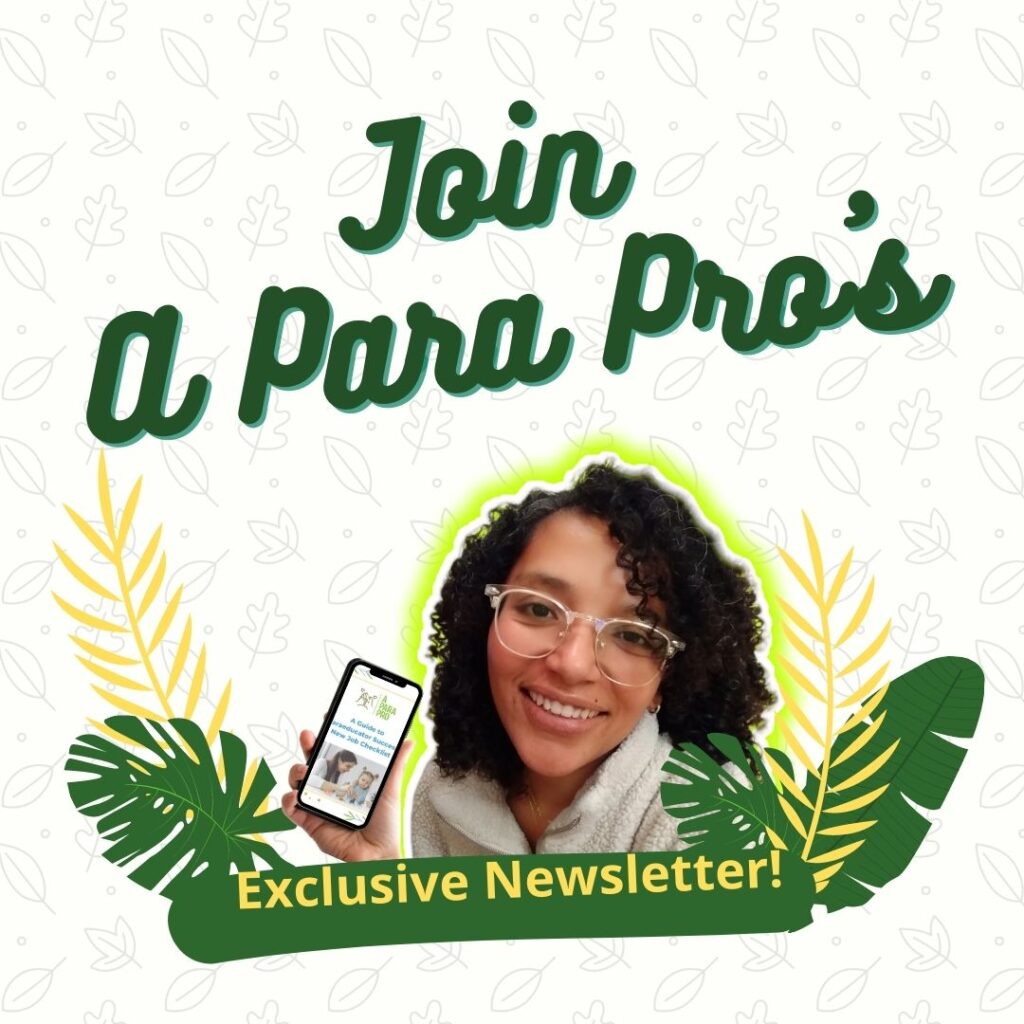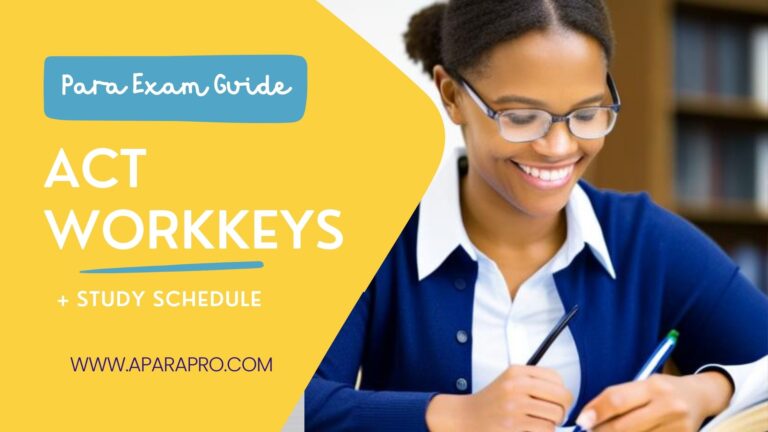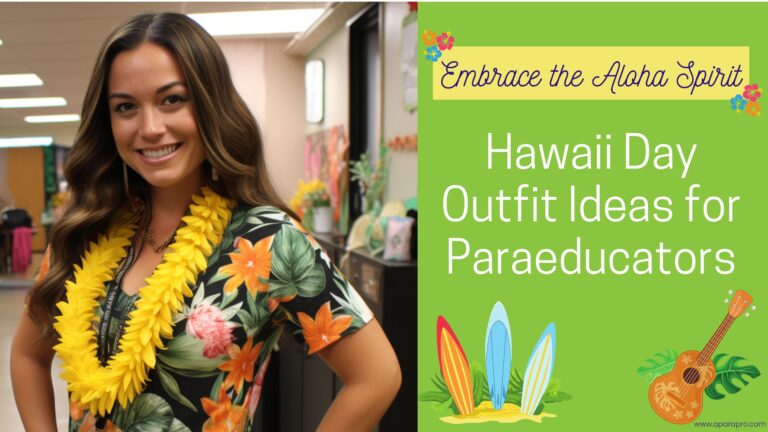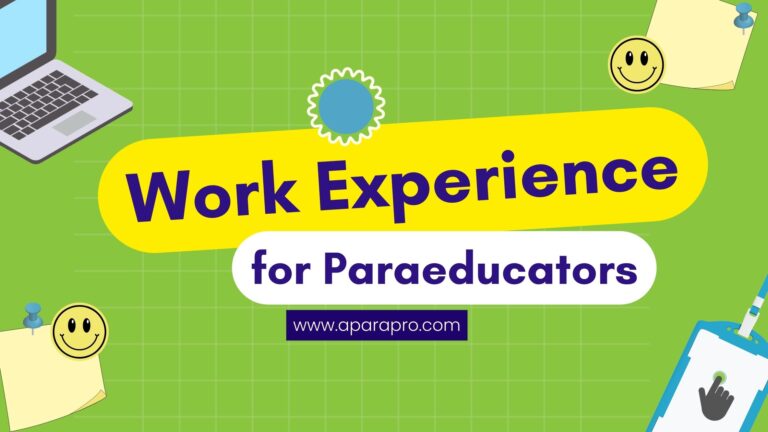10 Creative Strategies for Paraeducators to Boost Student Engagement
As a paraeducator, your role in the classroom is crucial to creating an engaging and supportive learning environment for students. Creativity isn't just reserved for art projects; it's a powerful tool that can make learning more fun, relatable, and effective.

Here are 10 creative strategies you can use to boost student engagement and enhance the learning experience in your classroom.

1. Incorporate Visual and Hands-On Activities
Students often learn best when they can see and touch the materials they're working with. Incorporate visual aids like diagrams, charts, and images to help students better understand complex concepts. Hands-on activities, such as interactive learning stations or creative projects, allow students to explore subjects in a tactile way.
Example: Use colored paper to create fraction strips for a math lesson or have students build a model ecosystem for a science project.
2. Use Storytelling and Role-Playing
Storytelling and role-playing can make lessons more relatable and memorable. Craft stories that connect with the lesson you're teaching, or have students act out scenarios that reinforce the material. These methods not only engage students but also help them develop critical thinking and empathy.
Example: During a lesson on empathy, have students role-play different situations where they need to put themselves in someone else’s shoes. This exercise makes the lesson more engaging and helps students internalize the concept.
3. Foster Collaboration Through Group Projects
Collaboration is key to fostering creativity and allowing students to learn from each other. Group problem-solving activities, peer teaching, and creative group projects encourage students to work together and share ideas.
Example: For a history lesson, have students work in groups to create a timeline of important events. Each group can present their timeline to the class, discussing the significance of each event.
4. Leverage Technology Creatively
Technology offers endless opportunities for creativity in the classroom. Use interactive apps and games to make learning more dynamic, or incorporate digital storytelling tools that allow students to create their own presentations or stories.
Example: Have students create short documentaries on a topic using a simple video editing app. They can write scripts, record videos, and edit their projects, learning both the subject matter and valuable tech skills.
5. Encourage Creative Problem-Solving
Encourage students to think creatively when solving problems. Present challenges that require them to think outside the box, and reward creative solutions, even if they're unconventional.
Example: Give students a STEM challenge where they have to build a bridge using limited materials. Encourage them to come up with innovative designs and test their creations to see which one holds the most weight.

6. Integrate Art Across the Curriculum
Art isn’t just for the art classroom; it can be integrated into almost any subject. Use drawing, painting, or other artistic activities to help students express what they've learned in creative ways.
Example: After reading a story, have students draw their favorite scene or create a comic strip that summarizes the plot. This helps reinforce their understanding and allows them to express their ideas visually.
7. Create a Flexible Learning Environment
A flexible learning environment allows students to choose how they want to approach tasks, which can inspire creativity. Offer different seating arrangements, provide various types of materials, and let students choose how they complete assignments.
Example: Set up different learning stations around the room, each focusing on a different aspect of a lesson. Let students rotate through the stations at their own pace, exploring the topic in different ways.
8. Use Games and Gamification
Incorporate games and gamification into your teaching to make learning more engaging. Educational games can reinforce key concepts, while gamification elements like points, badges, and leaderboards can motivate students to participate and excel.
Example: Turn a math lesson into a game where students earn points for correctly solving problems. Offer small rewards for reaching certain point levels to keep them motivated.
9. Encourage Student-Led Learning
Give students the opportunity to take the lead in their learning. Whether it's through peer teaching, leading a group project, or choosing their own research topic, student-led learning empowers them to take ownership of their education.
Example: Allow students to choose a topic they're passionate about for a research project. Provide guidance, but let them take the lead in gathering information, presenting their findings, and teaching their classmates about the topic.
10. Reflect and Celebrate Creativity
Encourage students to reflect on their creative efforts and celebrate their achievements. Reflection helps them understand the value of creativity, while celebration boosts their confidence and motivation to continue exploring new ideas.
Example: At the end of a project, have a “show and tell” session where students can present their work to the class. Provide positive feedback and celebrate their creativity with a small class party or certificates of achievement.

Further Resources to Boost Student Engagement
Increasing Student Engagement: Strategies & Ideas – Lesson | Study.com
Engagement Activities for Students: Strategies, Techniques, and Real-World Applications
Nine Strategies for Promoting Student Engagement (Opinion)
Final Thoughts
Creativity is a powerful tool that paraeducators can use to engage students and enhance their learning experience. By incorporating these strategies into your teaching, you can create a dynamic and supportive environment where students are encouraged to think creatively, collaborate with their peers, and express themselves in new ways. Remember, creativity isn’t just about art—it’s about finding innovative solutions to everyday challenges in the classroom.
Start exploring these strategies today, and watch your students’ engagement and enthusiasm for learning grow!
What are some creative strategies you use to boost student engagement? Let us know in the comments below 👇🏽
PIN FOR LATER









